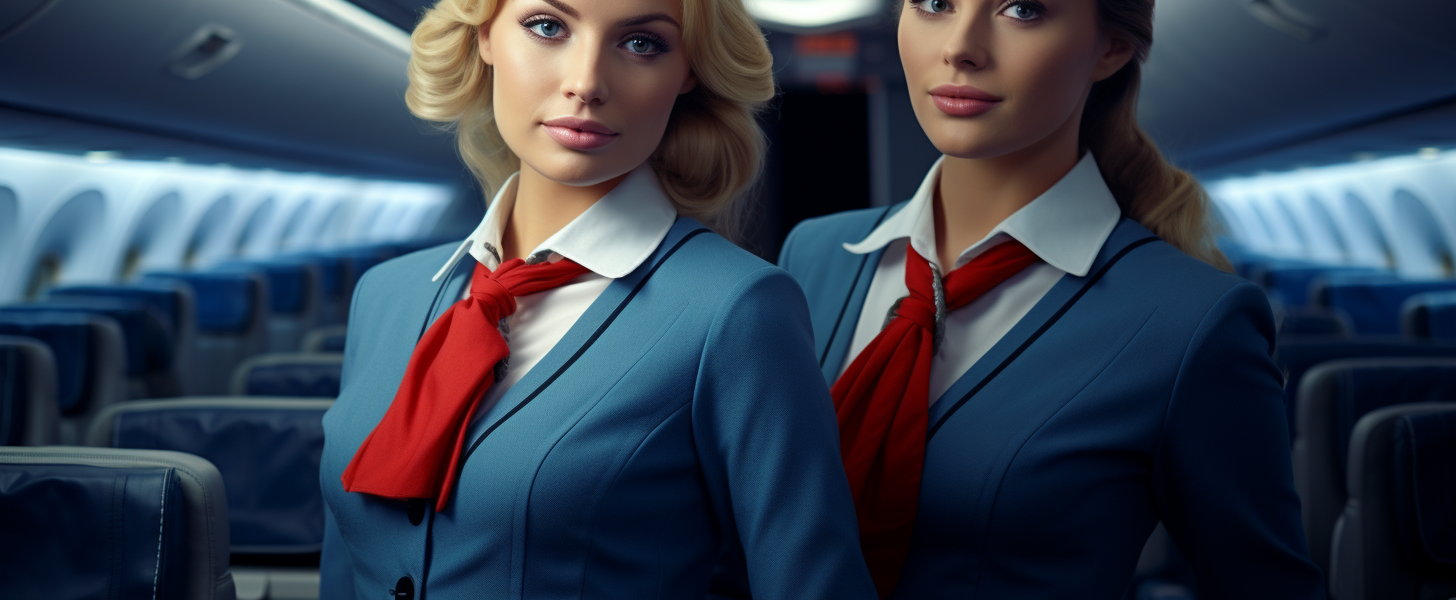When you board an airplane, every detail, from the way luggage is stowed to the dimming of cabin lights, is meticulously planned for safety. Among these protocols is a lesser-known practice observed by flight attendants during the critical phases of takeoff and landing: sitting on their hands. This action is not a casual comfort measure but a strategic safety procedure.
The Reason Behind the Practice
Flight attendants are the guardians of passenger safety and comfort in the skies. Their role during takeoff and landing is not only to ensure that passengers are secure and informed but also to prepare themselves for any potential emergencies. Sitting on their hands serves a dual purpose. Firstly, it prevents them from instinctively bracing against the seats in front of them during a sudden stop or impact, which could lead to broken wrists or arms. Secondly, it ensures their hands are in prime condition to operate emergency equipment or assist passengers without delay.
The Importance of Uninjured Hands
In the event of an emergency, flight attendants must be able to perform a variety of tasks quickly and efficiently. These can range from opening emergency exits and deploying slides to administering first aid and guiding passengers to safety. Uninjured hands are crucial for these activities. By sitting on their hands, flight attendants minimize the risk of injury during the most vulnerable phases of the flight.
A Fresh Perspective on Flight Safety
Understanding this hidden aspect of flight safety gives passengers a new appreciation for the comprehensive training and protocols that flight attendants follow. It’s a reminder that every action taken by the cabin crew, no matter how small it may seem, is rooted in a commitment to ensuring the well-being of everyone on board.
FAQs
Q: Why do flight attendants sit on their hands during takeoff and landing?
A: Flight attendants sit on their hands to prevent injury during these critical phases of flight. This ensures their hands are ready to manage emergency equipment or assist passengers if needed.
Q: Is sitting on hands the only safety measure flight attendants take during takeoff and landing?
A: No, sitting on their hands is just one of many safety measures. Flight attendants also perform safety checks, secure the cabin, and ensure passengers are following safety protocols.
Q: How does sitting on hands help in an emergency?
A: It prevents the flight attendants from sustaining hand injuries, which could impede their ability to operate emergency exits, deploy slides, or perform other essential safety tasks.
Glossary of Terms
Takeoff and Landing: These are the phases of flight when an aircraft leaves the ground and ascends into the air (takeoff) or descends and returns to the ground (landing).
Bracing: This refers to the act of preparing for impact by adopting a protective position to minimize injury.
Emergency Equipment: Items such as oxygen masks, life vests, and evacuation slides that are used during an aircraft emergency to assist passengers and crew.
By delving into the intricacies of in-flight safety measures, we gain a deeper respect for the role of flight attendants and the procedures that protect us while we travel through the skies.




